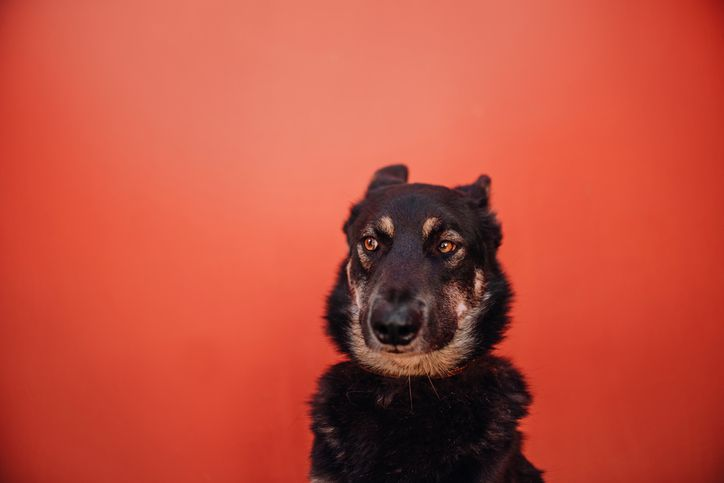Discover what it means when your German Shepherd puts their ears back. Learn to interpret this common canine behavior and strengthen your bond with your furry friend.
As a long-time German Shepherd owner, I've often found myself captivated by the expressive nature of my dog's ears. One evening, as I settled into my favorite armchair with a book, my loyal companion Bella padded over and rested her head on my lap. I noticed her ears were pulled back, not in their usual alert position. This got me wondering: what exactly was Bella trying to communicate?
The Language of German Shepherd Ears
German Shepherds are known for their intelligence and expressiveness, and their ears play a significant role in their communication. When a German Shepherd puts their ears back, it can mean several things depending on the context and other body language cues.
Submission and Friendliness
In my experience, one of the most common reasons for a German Shepherd to put their ears back is to show submission or friendliness. I've noticed Bella often does this when greeting other dogs or people she likes. It's her way of saying, "I come in peace!"
According to a study by the University of British Columbia, dogs use ear positioning as a key component of their visual communication system. When a dog pulls its ears back, it's often a sign of non-aggressive intent, which aligns with my observations of Bella's behavior.
Anxiety or Fear
Sometimes, ears pulled back can indicate anxiety or fear. I remember a particularly loud thunderstorm that had Bella cowering with her ears flattened against her head. In these situations, it's crucial to provide comfort and reassurance to your German Shepherd.
The American Kennel Club (AKC) confirms that flattened ears, combined with other body language cues like a tucked tail or crouched posture, can indicate fear or stress in dogs.
Attentiveness
Interestingly, German Shepherds may also pull their ears back when they're paying close attention to something behind them. I've seen Bella do this when she hears a noise in the backyard – one ear might swivel back while the other remains forward.

Understanding Your German Shepherd's Body Language
To truly understand what your German Shepherd is communicating when they put their ears back, it's essential to look at their overall body language. Here are some tips to help you interpret your dog's signals:
- Observe the position of their tail
- Look at their overall posture – are they standing tall or crouching?
- Pay attention to their facial expressions, particularly their eyes and mouth
- Consider the context of the situation
The Role of Genetics and Breeding
It's worth noting that the German Shepherd Dog Club of America (GSDCA) emphasizes the importance of proper breeding in maintaining the characteristic alertness and expressiveness of the breed. Well-bred German Shepherds typically have highly mobile ears that contribute significantly to their communication abilities.
Practical Advice for German Shepherd Owners
If you're a German Shepherd owner trying to decipher your dog's ear language, here are some helpful tips:
- Spend time observing your dog in different situations to learn their unique communication style
- Respond appropriately to your dog's signals – offer comfort if they're anxious, or respect their space if they're showing submission
- Consult with a professional dog trainer or behaviorist if you're having trouble understanding your dog's body language
- Regular health check-ups can ensure your dog's ears are in good condition and functioning properly
In my opinion, learning to read your German Shepherd's ear positions is an invaluable skill that deepens the bond between you and your furry friend. It's a fascinating aspect of canine communication that never ceases to amaze me.
As I finish writing this, Bella has wandered over, her ears perked forward in curiosity. It's a reminder of how much our German Shepherds have to say, if only we take the time to listen – not just with our ears, but with our eyes too.
